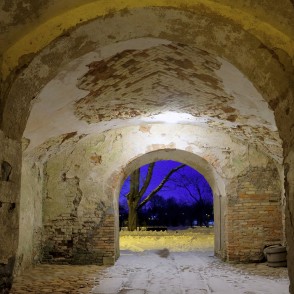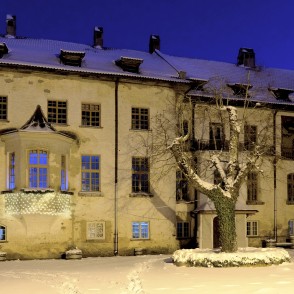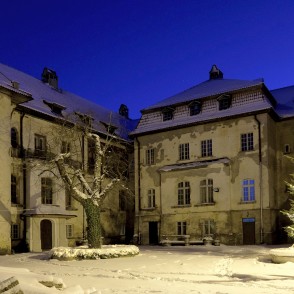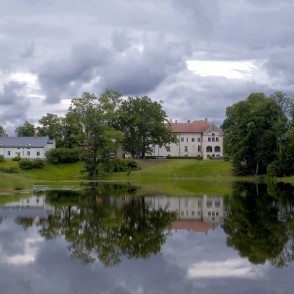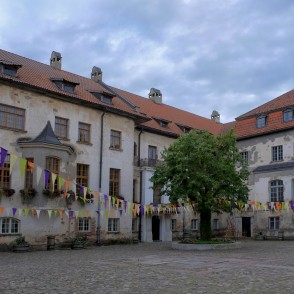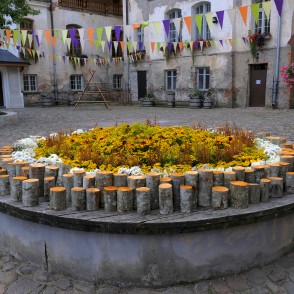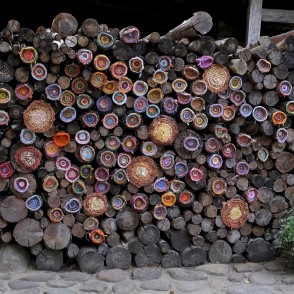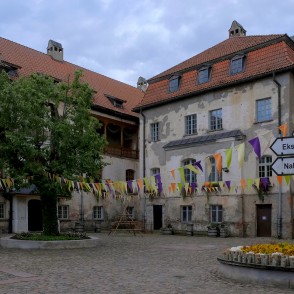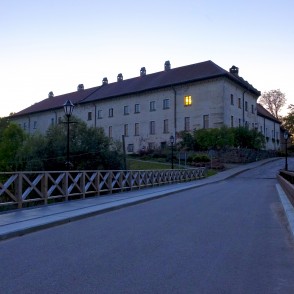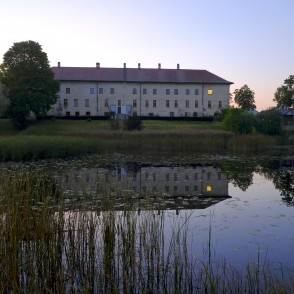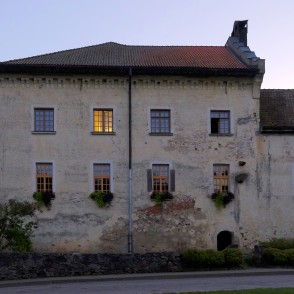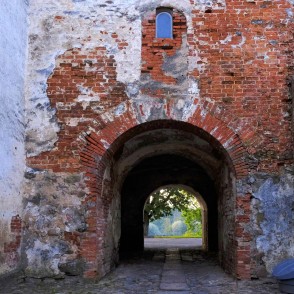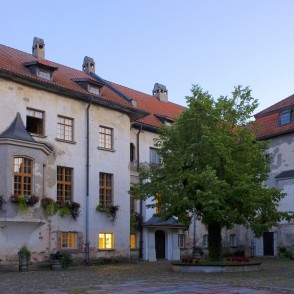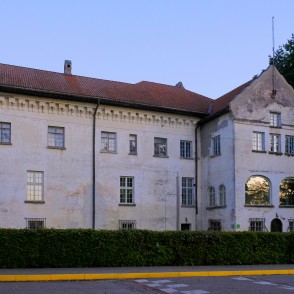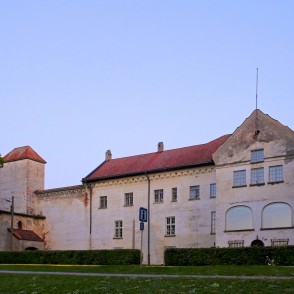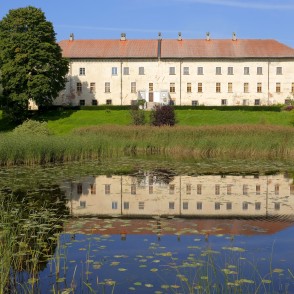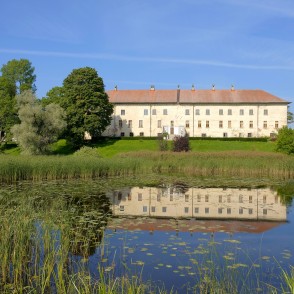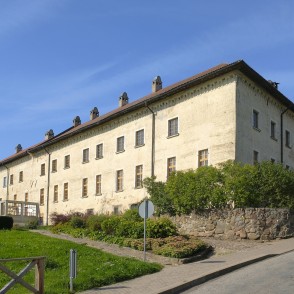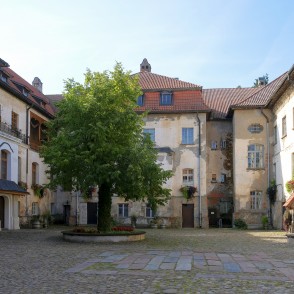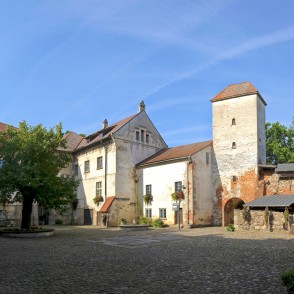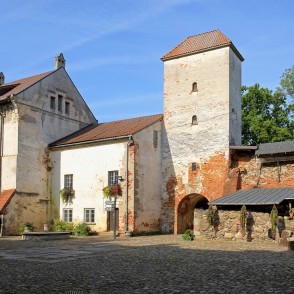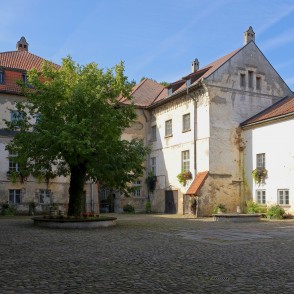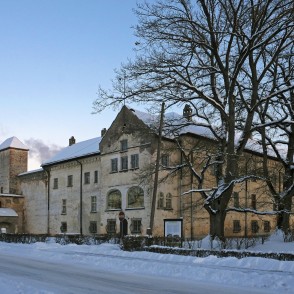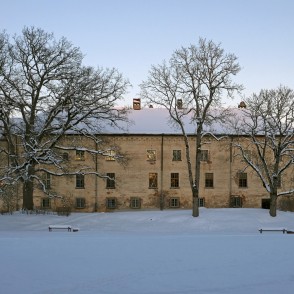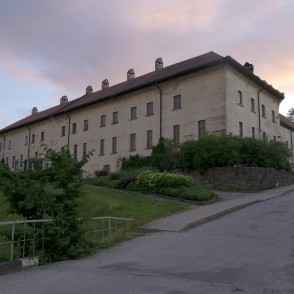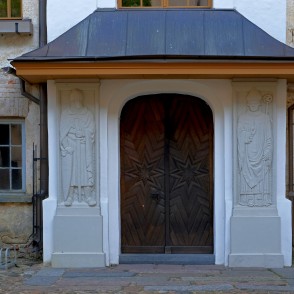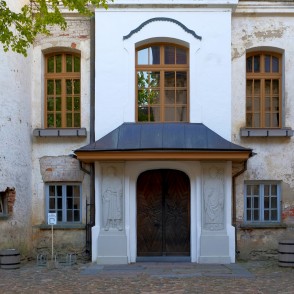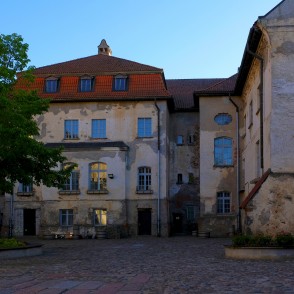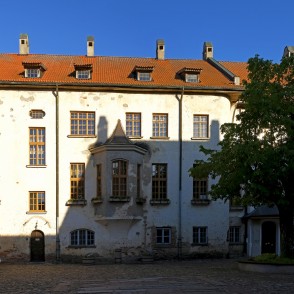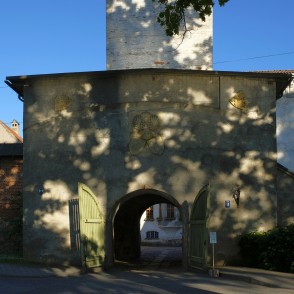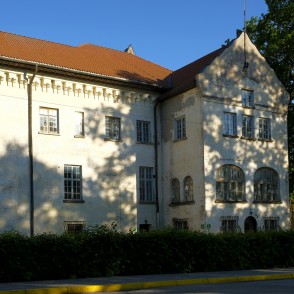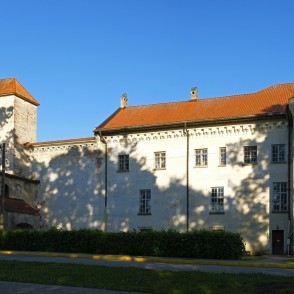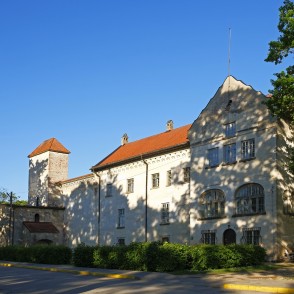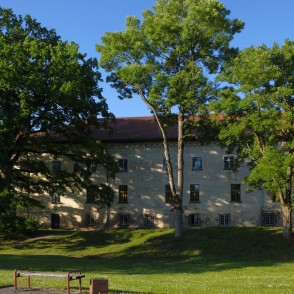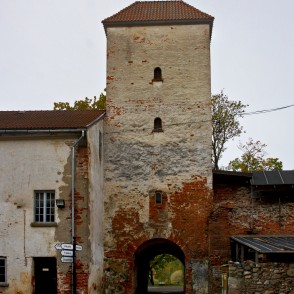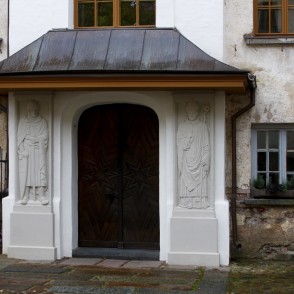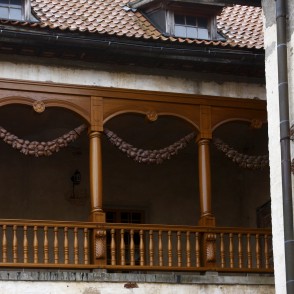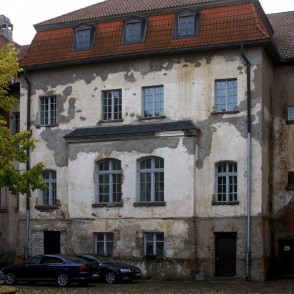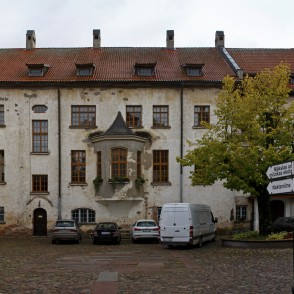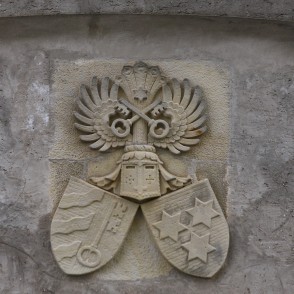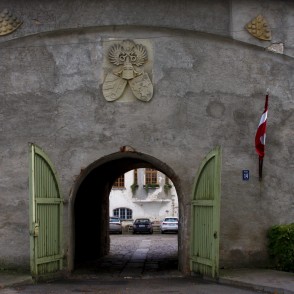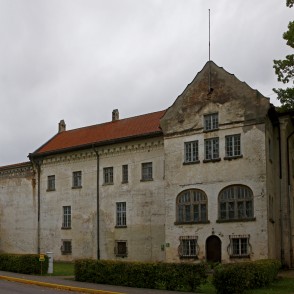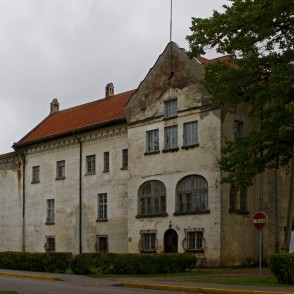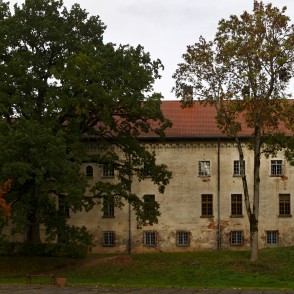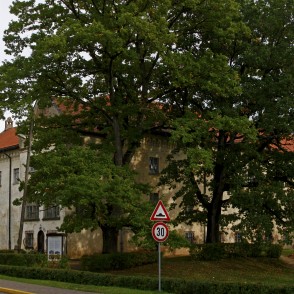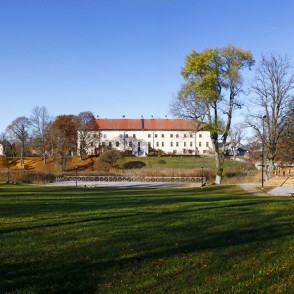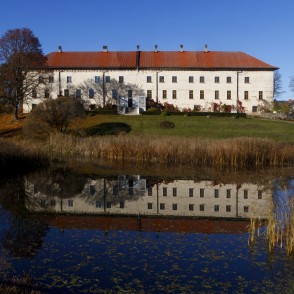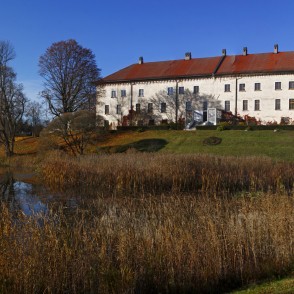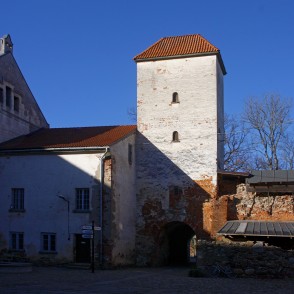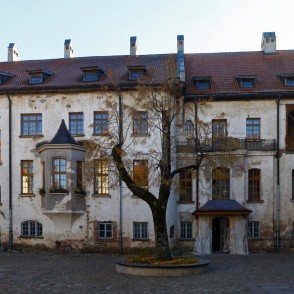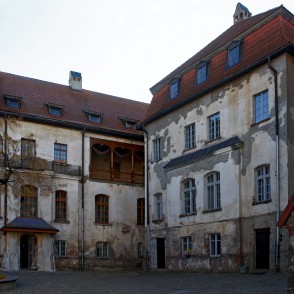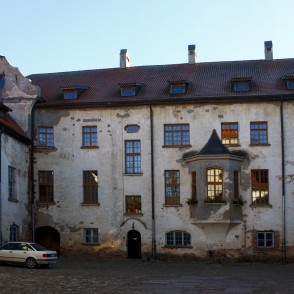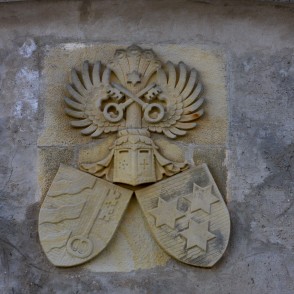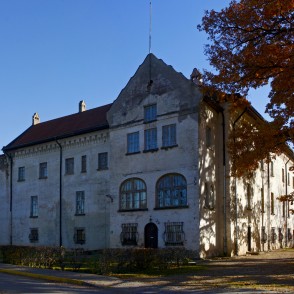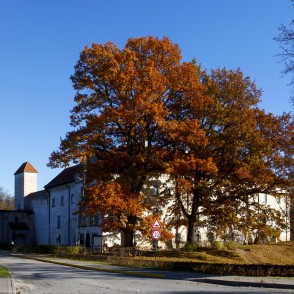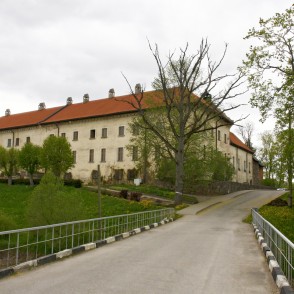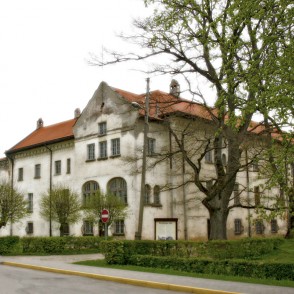Dundaga Castle is a medieval castle in Dundaga, Latvia, in the Dundaga municipality. Latvia considers Dundaga Castle to be a monument of archaeological and of architectural importance.
History
The Archbishopric of Riga gained control over the lands of Dundaga in 1237. Dundaga Castle was constructed next to a Curonian settlement (Dundagas Kalnadarzs hillfort). The exact time of construction is not known, though it is first mentioned in written sources in 1318. It is assumed that the castle was constructed in the late 13th century, and several times captured by Livonian Order.
In 1434 the castle was sold to the Bishopric of Courland, and sold again in 1559 – to the King of Denmark who in turn granted it to his brother Magnus, Duke of Holstein – future Curonian Bishop.
In the middle of the 17th century it was transformed from a medieval fortress to a representative residence of a country nobleman by Anna Sybil (born Osten-Sacken). The third floor was added in 1785. The family of Osten-Sacken were owners of the castle up to 1920.
Dundaga Castle suffered heavily in a fire in 1872 and its historical interiors were destroyed. It burned again in 1905, and was renovated beginning in 1909 after the design of H. Pfeiffer. As a result, the castle was modernised and transformed.
Since 1926 the castle has been used as a public building – as a local municipal administration, school, and cultural institution.
The castle is the source of numerous legends, tales and ghost stories which, in many cases, are close to real historical events.
Description
The castle is surrounded by water on three sides. The fourth side was defended by a moat in medieval times, today it is on level ground.
The castle covers 48 by 69 meters (157 ft × 226 ft), rectangular, surrounded with high defensive walls. In the inner yard a well has been preserved. The castle has been transformed in numerous renovations and does not have a specific architectural style.
Interesting monuments of art are bas reliefs at both sides of the main entrance in the inner yard - made by A. Voltz in 1909. One represents a warrior monk, the other – a bishop.
en.wikipedia.org
The Castle can be visited only in guided tours!
Excursions in Dundaga Castle should be booked at the Tourist Information Centre in Dundaga Castle.
Excursion in the Castle: € 2.50 for adults, € 1.00 for school–children and persons with disabilities.
With advance booking – tasting of sklandrauši (a pie made of rye flour with carrot and potato filling) and pūtelis (a refreshing drink – milled wheat and rye grains mixed with kefyr).
Dundaga Castle is biggest in the Northern Kurzeme and it is well preserved. Riga Dome Chapter of Priests started building it in the middle of the 13th century, in 1434 it was bought by Kurzeme Bishop and from the 16th to the 20th century it was owned by the Maydell and Osten-Sackeni families. The Castle burned down twice and was rebuilt several times, the last of them being in 1905 after it was burned down. Many legends are related with the Castle, the most popular of them being about the Green Maiden.
Nowadays, Dundaga Castle is the venue for celebrations, wedding parties, excursions, tastings of local treats, convenient and cheap accommodation and unused opportunities and discoveries. The Arts and Music School is also located in the Castle.
In one of the exposition rooms, the gallery of the former owners of the Castle can be seen, as well as a small exhibition with photos and drawings describing various stages of the construction of the Castle.
On the first floor of the Castle the permanent exhibition «Crocodiles Nest» was opened in 2008. It is about the popular countryman who used to be a crocodile hunter and an opal digger in Australia, Arvīds Blūmentāls (1925–2006). He was also the prototype for the movie «Crocodile Dandy» which is more popular globally under the name of Crocodile Harry. In addition to that – just there a meeting with almost real crocodiles.
In cooperation with the Latvian Medal Art Club – the only permanent exposition of medals in Latvia. The permanent exposition of the collections of medal artists in the halls of Dundaga Castle was established in 2008. There are works by Jānis Strupulis, Jānis Mikāns, Vija Mikāne (1937–2004), Antra Urtāne, Inese Nātriņa and other artists, as well as gifts presented to the authors by foreign artists.
Pils iela 14, Dundaga, Dundagas pag., Dundagas nov., LV-3270
+371 63237860, 29141121, (29444395 Excursion in the Castle)
pils@dundaga.lv

